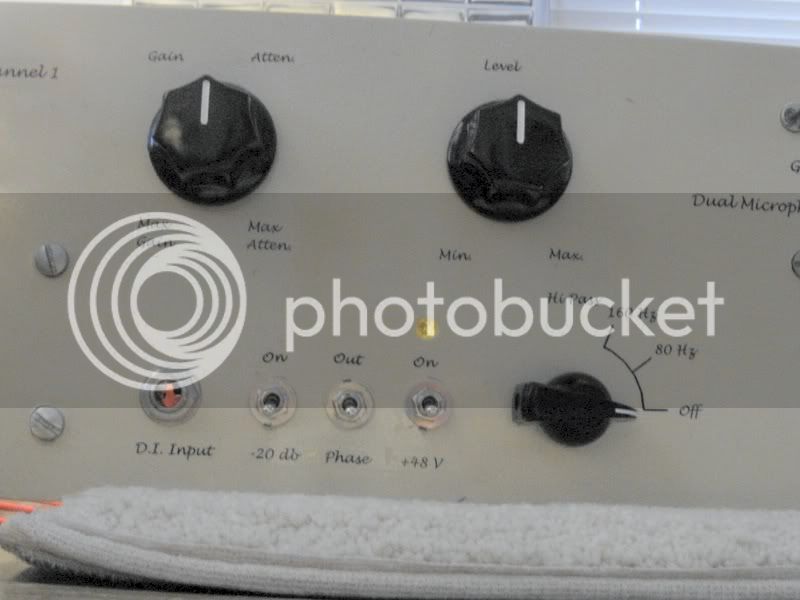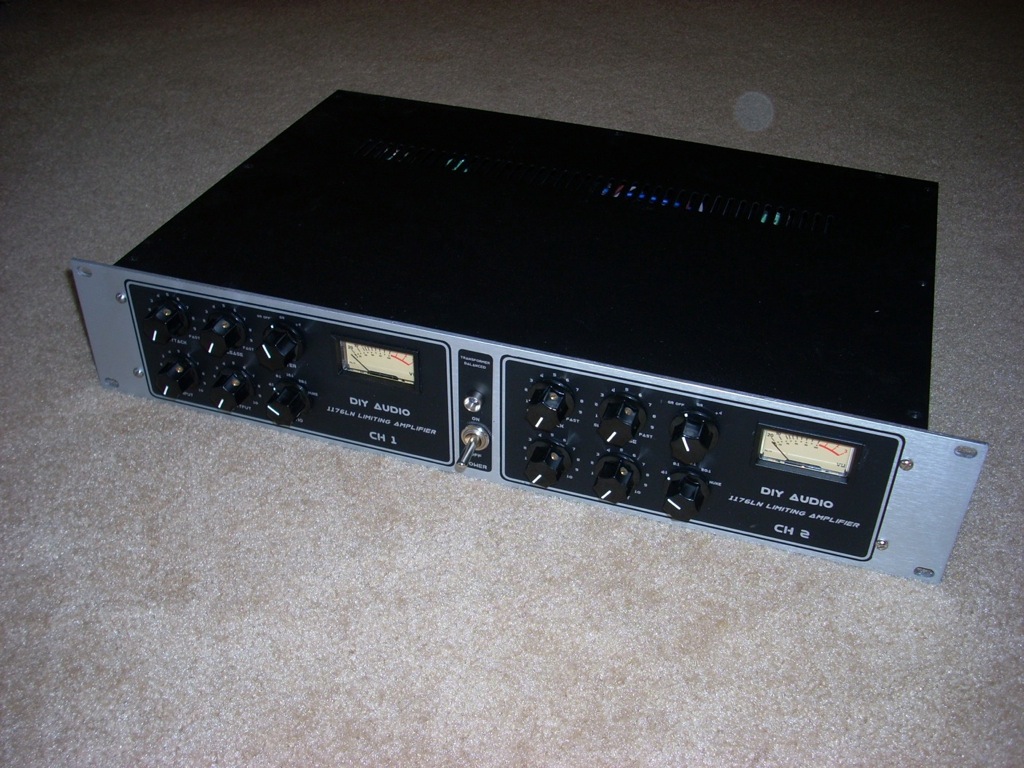OK , here are my thoughts..
Lazertran will be crap , unless it is cooked as per instructions...at a certain temperature it changes state and becomes more transparent...this happens well before 200deg btw..
However, if you are trying to use it on top of a paint job , it is unfortunately all too easy to go just a step too far where paint will bubble...and then u r ruined...
SO...
On Bare Aluminium : Lazertran ( lazer) slide it on , position ...let it dry gently , in the sun perhaps ...keep going back ..get thse bubbles out...
then leave 'til tomorrow...
In the morning do the cooking process , SLOWLY raising temp as per.
You will have a perfectly flat lazertran job...no bubbles etc..
On a Painted Panel Lazertran Ink Jet paper , but printed with LAZER printer ... apply to panel as per instructions... this time the 'ink' (toner on our case) is on the surface ...so we need to clear coat. This is also by far the best method if large black areas are involved. I don't have a pic just now , but the result looks extremely like KENRIC's safmat job. Far better than lazer'lazertran' in this respect..
In general withh these film methods on paint, I'll back up the opinion that it's best to cover the whole panel..
And ,of course, usink the Inkjet paper variety means no cooking...
With Inkjet Lazertran you will have no bubble problems...but as you clear coat the toner layer , with certain brands , you must finely mist the first few coats , from not too close a distance , or the solvents will attack the toner...this is the only place to be extra careful..
SSLTech's Super 77 method I loved the idea of this , and had a frustrating time trying to get it to work...
(For anyone in the uk ...Super 77 is avaialable at PRIORY FRAMING SUPPLIES)
Like many people...the main problem I had was getting the toner to print on the backing sheet...It would always come out of the printer looking like someone had blown all the toner off , with only a few small areas printed..
I was trying different types of paper I had lying around,and different print settings..but always the same...until i had this breakthrough:
At one point , instead of continuing to waste fresh paper , I took a dry lint free cloth and wiped the toner off the backing sheet ..kinda scrubbed it clean , to re use , so i could try another print setting.... and whoa!!...this time it came out PERFECT!
At first i thought the success was due to the new print setting , and so I repeated with a fresh piece of paper...but then it came out crap again!
So what had i done....rubbed the paper!
The best label paper for this method seems to be the sort that has a waxy backing sheet , where it is almost difficult to tell which side the labels were adhered to...Some label paper is like ordinary paper , on the reverse of the backing sheet(the side you DONT use)...and that doesn't seem to work so well , for me anyway..
So..with the waxy paper....peel off enough labels to give yourself a useable sheet , then on a flat bench , under a nice bench light rub the glossy surface in single long strokes...you will see the gloss turn into a very fine powder. Keep brushing this gently away, till your backing sheet is clean.....NOW try printing on this! It should be absolutely perfect!!
A nice trick to use when you are playing around with all of this , is to use the sticky side of the labels you have discarded as 'practice panels'....Its an easy way to check the characteristic of the backing sheet you are using...You may have a perfect print , but it may not all transfer off ...so you find a print setting to match..("thin paper")..
The rest of the method is documented elsewhere in detail , but I'd only add that placing a blank backing sheet across the transferred graphic and rubbing down , allows you to evenly burnish the glue evenly over the panel , before drying/clearcoating....this really flattens the glue down to invisibility!
Thanks to SSL Keef , I have finally achieved what I have wanted since starting DIY ...which is simply toner print onto a paint job.
Etching Don't forget you can etch a front panel...double strength ferric chloride ...use the Iron on photo paper method here as a mask...it's more 'plastic'y and a good resistant....or spray photo resist , but you probably don't have a big enough light box anyway ! Well...I don't ....and you can fill with any colours u like ...I do this for alll my rear panels where I want a more hard wearing surface, where plugs are going in and out all the time...
You can get etching pretty close in spirit , to engraving ...ok not the same precision...but you'll have it done within the hour and you have total freedom to try again , if anything goes wrong!
Cheers
nEon.







